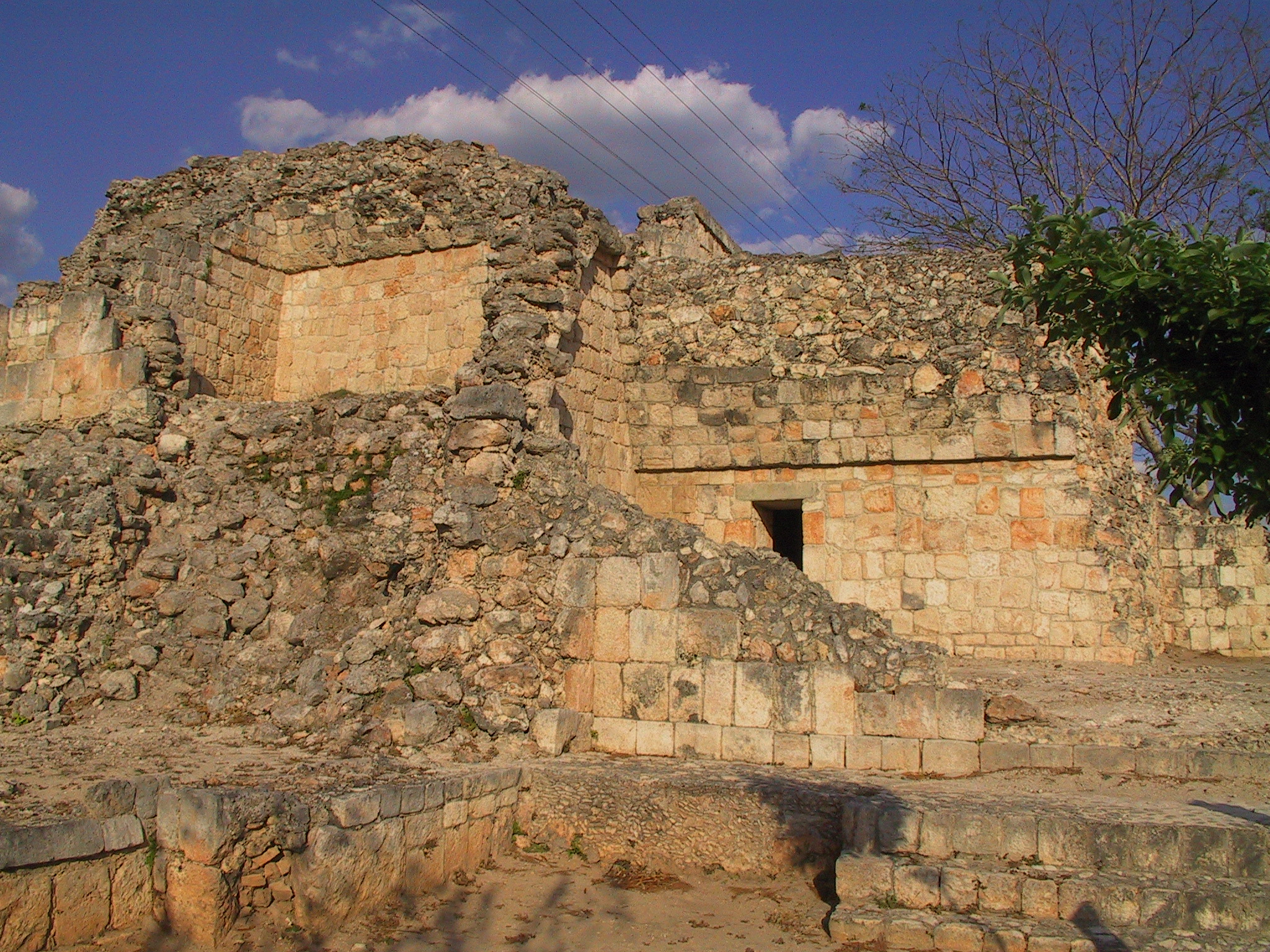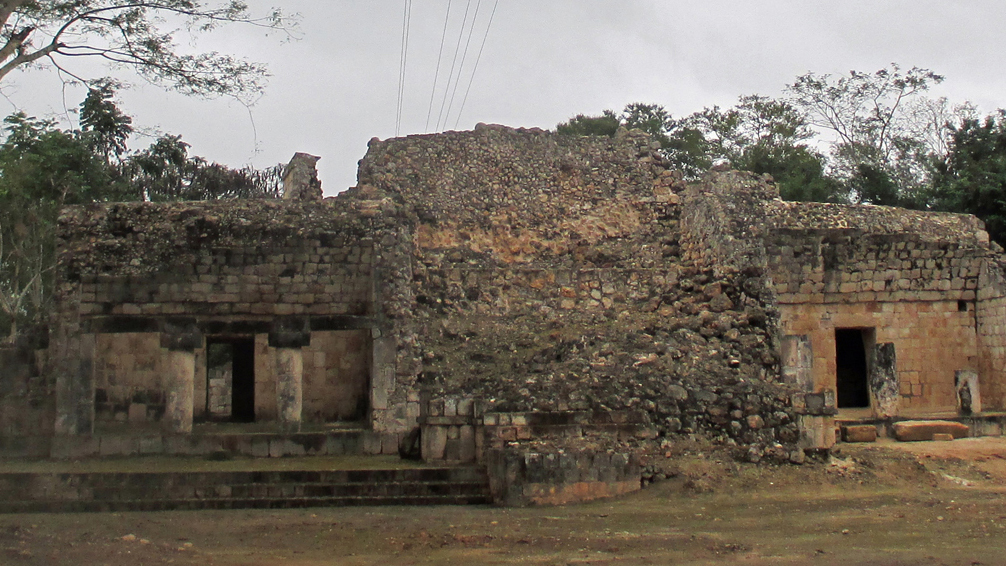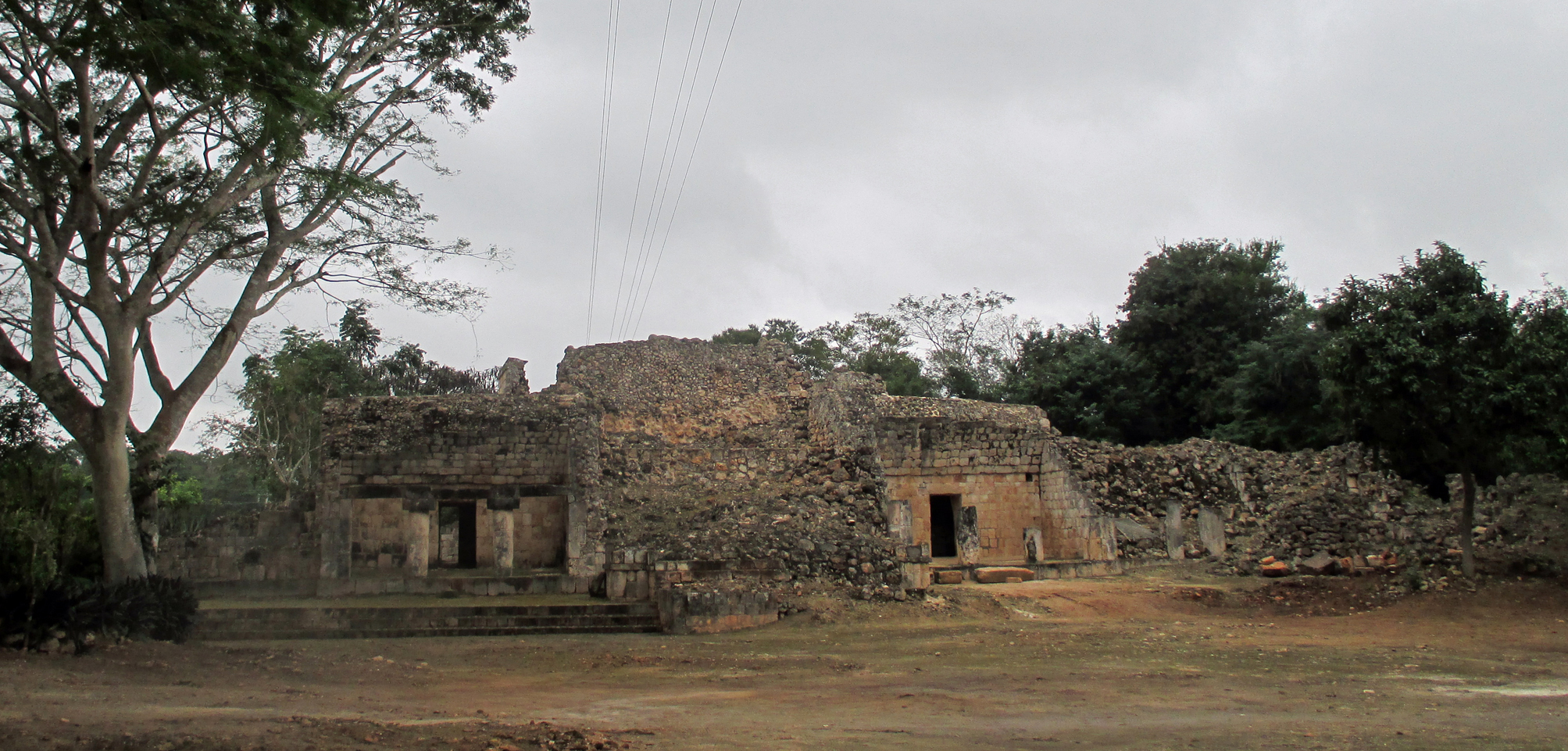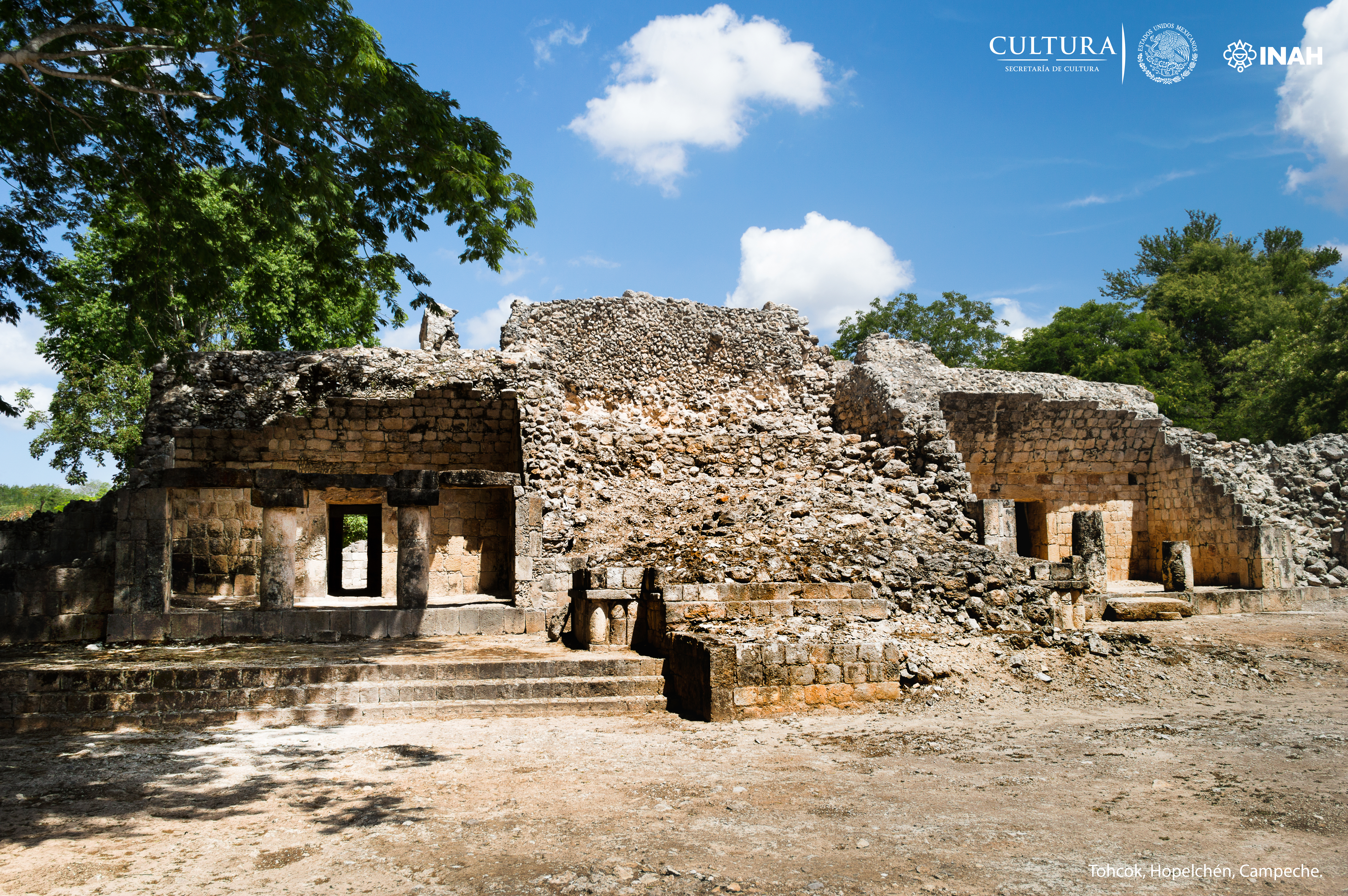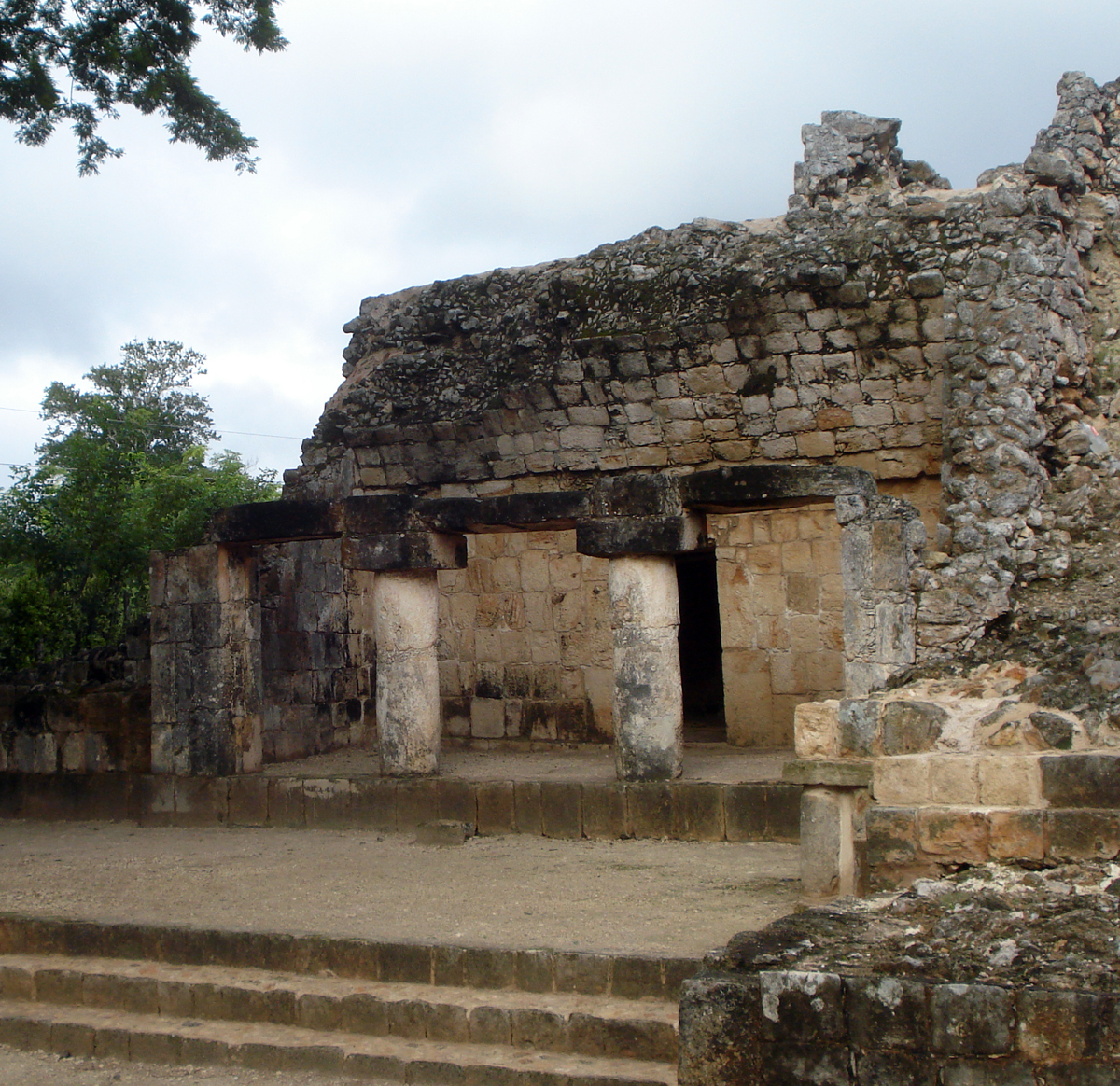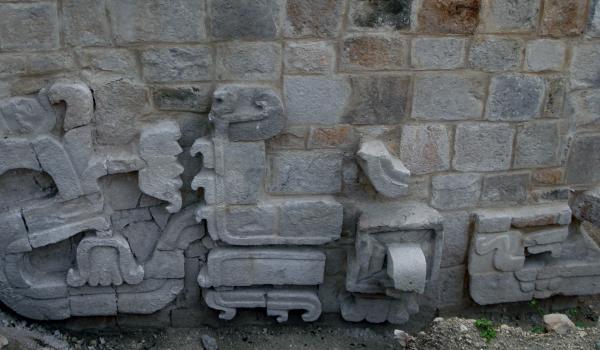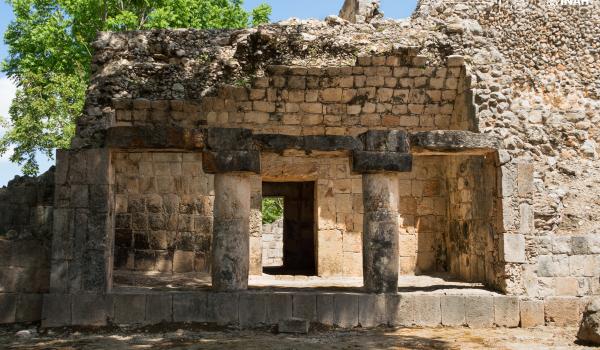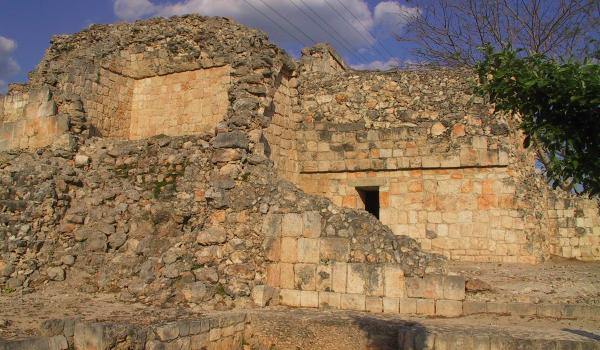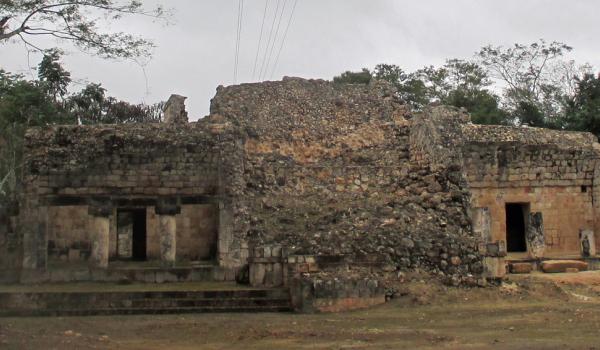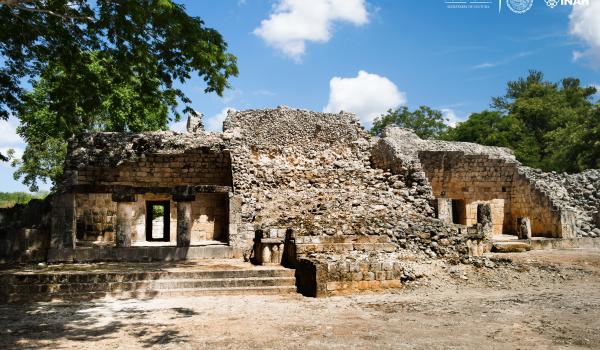The pre-Hispanic remains of Tohcok open to visitors today form only one part of the original settlement that must have covered an average of 0.8 square miles, and include two buildings that fom a large plaza. The constructions combine elements of both Chenes and Puuc architecture—a fusion of styles found in the northeast of Campeche and the southern areas of the Yucatan and the northwest of Campeche. In common with other sites, Tohcok shows the signs of an organized labor force and materials enabling the creation of monumental works produced with simple technology (equivalent to the Neolithic period). Numerous and highly skilled workers evidently succeeded in producing astronomical orientations and moving enormous stone blocks. This site was inhabited by a society with few rulers, who were viewed as sacred beings on account of their relationship with the gods. However, many people provided water, foodstuffs, products and the necessary muscle. It should be recalled that the Maya did not use the wheel for technical uses, nor did they have beasts for carrying or pulling loads.




